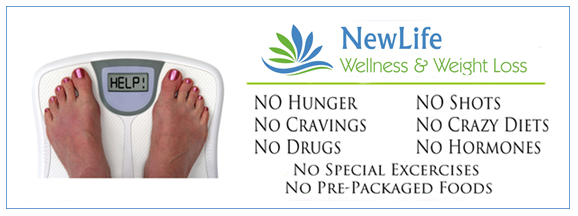



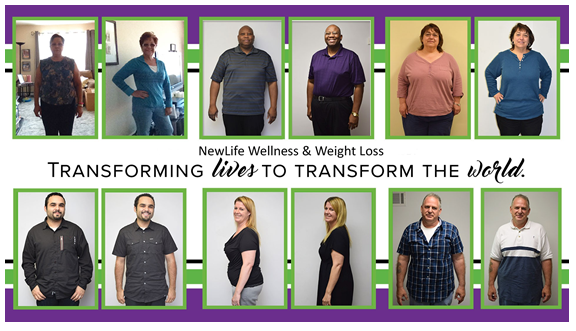

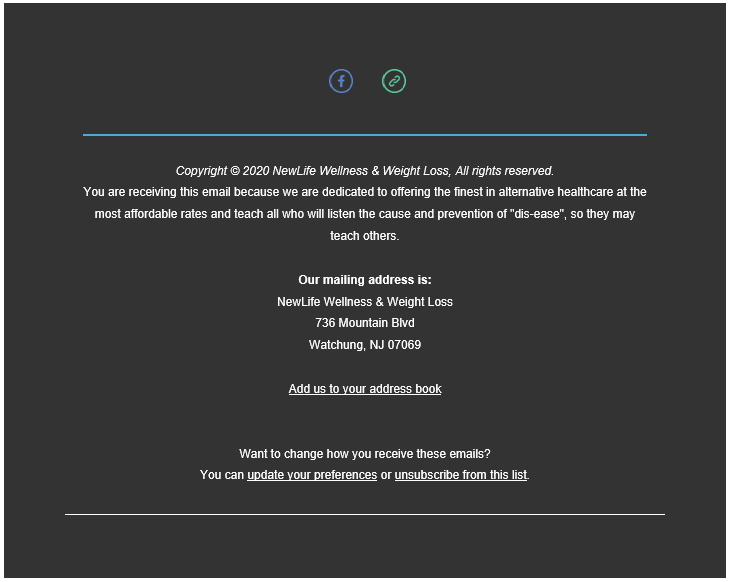


Call our experienced team today…. 908-279-7740






Halloween is here again and so are the empty calories. I don’t know about you but one of the things that I am not fond of is the weight gain that comes from giving into the temptation to snack on sweets that are within reach at any given moment.
Here are 10 tiny tips that have helped me over the years:
When these tips become part of you daily habits, you will find your weight easier to manage while you enjoy the festivities of the Halloween season.

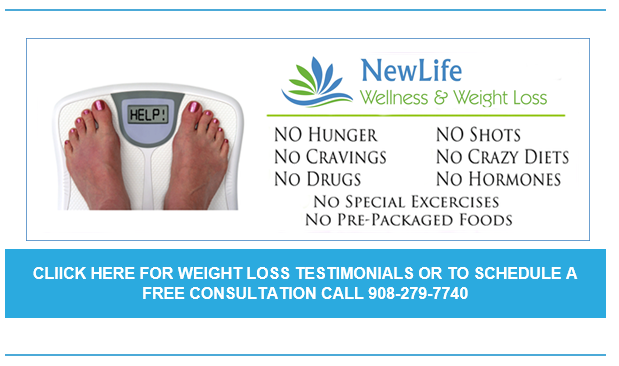


Sure, no one needs the fat and calories in a double cheeseburger with fries. But research suggests it’s not the fat and calories you should fear.
It’s the impact they have on your opioid receptors. Your what? Your opioid receptors.
Animal research suggests that fatty, sugary, high-calorie foods cause weight gain because they stimulate fat-storage genes, which then turns up the inner pound-packing dial. Salad bar, anyone?

Researchers believe kappa opioid receptors play an important role in fat metabolism and that eating foods high in fat and sugar somehow stimulates these receptors not only to promote weight gain but also to store fat in bad places. In the animal study, an unhealthful diet didn’t just increase body fat. It encouraged fat storage in the liver, too. And it zapped energy levels.
More research is needed to determine if the impact fatty foods have on opioid receptors in animals holds true for our bodies, too. But there are a million other reasons to avoid the local drive-through offerings. Next time you get a craving for something oh-so-bad-for-you, try this munchie makeover instead:

Go for the nonfat plain stuff and forsake flavored yogurts (even fruit-flavored ones, but especially those flavored like cookies and cream, breakfast cereals, and the like; really, you didn’t think they were good for you, did you?) often contain loads of sugar, HFCS, or dyes you just don’t need.
Stir in extra power by adding some nuts (they add healthy fats), wheat germ (it may improve your body’s ability to handle stress), or fresh fruit (blueberries, for instance, may even help protect your brain cells from aging) for texture and flavor without added chemicals.
Get the kind with bugs. We mean the beneficial bacteria called probiotics. These help boost immunity, help soothe irritable guts, and may even help fight flab. Look for labels that say the yogurt contains probiotics or “active cultures.”






Autumn is here and things are already changing. Leaves are changing color, the warm weather is starting to disappear and not only are we still grappling with the Corona virus but seasonal allergies and the cold and flu season are just around the corner.
That’s why it is so important to boost your immune system during this time. And one of the best things to add to your daily diet are apples.
Studies have revealed that pectin, a special kind of fiber found in apples, may help boost levels of immune-supportive proteins. So, crunching one a day could very well help keep the doctor away this cold season.

Apples aren’t the only source of pectin. You’ll find it in pears, citrus, and other fruit, too. And in a recent animal study, this soluble fiber helped increase levels of interleukin-4, a compound that stimulates production of infection-fighting mast cells. And as a result, munching on pectin weakened illness severity and duration in the test subjects.
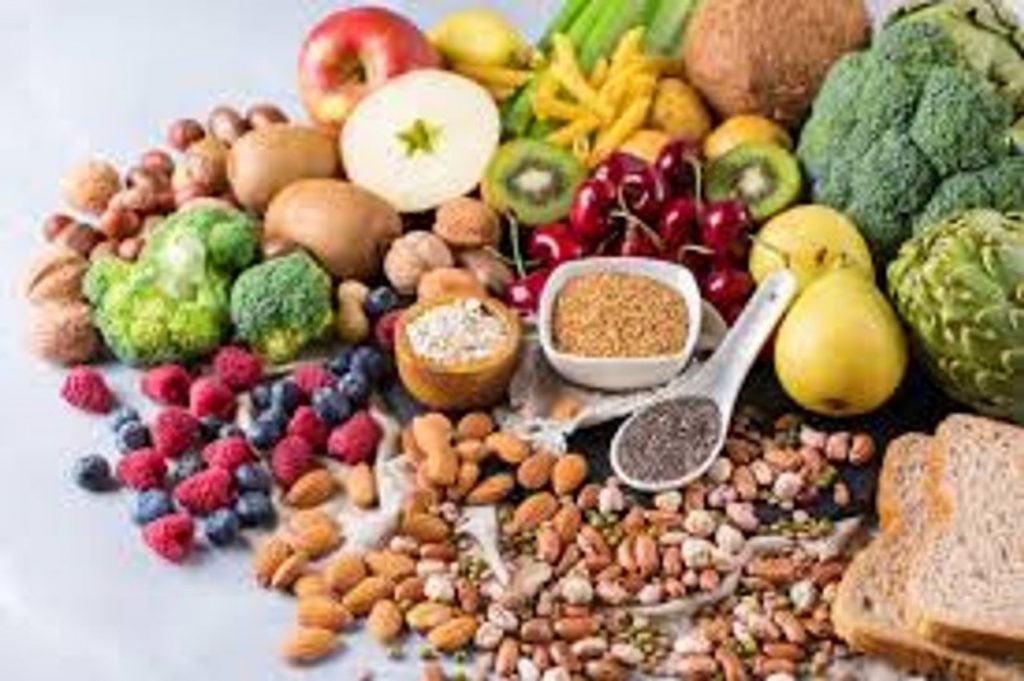
One catch, though: Soluble fiber wasn’t a quick fix. It took about 6 weeks of daily soluble fiber doses to get results. The authors of the study suggest that aiming for 25 to 38 grams of total fiber per day — both soluble and insoluble — would be a good immune-supportive goal.
So have an apple a day, but add some whole-grain oatmeal, oranges, and beans to your day, too.





It’s estimated that about 39 trillion bacterial cells reside in the human body, the vast majority in the colon. Together with other microbes, these bacteria make up the gut microbiome.
While scientists know the microbiome aids in digestion and influences our immune and nervous systems, they’re only beginning to understand the extent to which it affects our health overall. Recent studies suggest that gut bacteria may also shape our risk of developing a range of conditions, including obesity, diabetes, and some cancers. The research, however, is largely new and limited in scope, and has been done mostly on animals.
In the meantime, we can help the most beneficial members of the microbiome flourish—in terms of numbers and variety—by practicing a healthy lifestyle and avoiding some potentially detrimental habits. Here are some of the worst things you can do for your gut and its community of helpful bugs.

While they’re great for treating bacterial infections, antibiotics are often prescribed unnecessarily for symptoms and illnesses for which they won’t do much good—like colds, which are caused by viruses. And since antibiotics are not finely-targeted drugs in the process of killing “bad” bacteria, they end up killing a lot of the normal bacteria that reside in our colon and small bowel.
Restoring the gut’s bacterial balance after periods of overusing antibiotics can take time. And a lingering imbalance may result in long-term health effects, including gastrointestinal disruption.

Some research links exercise to a greater number of good gut bacteria, along with a more diverse microbiome. One 2014 study published in the journal Gut suggested as much when it compared 40 professional rugby players to similarly sized, healthy people who didn’t exercise. Though their diets were also an important factor, the athletes’ microbiomes were much more varied than those of the control group, with more plentiful good bacteria. What’s more, in multiple small studies on rodents, scientists have found that animals who engage in workout regimens are better off, bacterially speaking, than those who don’t get much physical activity.
Exercise in general just has so many beneficial effects across multiple organ systems that remaining sedentary doesn’t make sense. In addition to its cardiovascular and weight control perks, working out can help lessen inflammation all over the body. Regular exercise over the long term is best, but any physical activity may contribute.

As if there weren’t enough reasons to kick the habit, studies suggest that smoking may also reduce the amount and diversity of beneficial gut flora, while increasing the number of harmful bacteria. There are several theories as to why. Smoking may:
Smoking is also a risk factor for Crohn’s disease, an inflammatory bowel condition that causes chronic pain, bleeding, and diarrhea. And if you already have the condition, smoking can exacerbate these symptoms.

It’s well known that stress can affect your digestive system. When you’re anxious, for example, you may develop diarrhea or become constipated. Some early studies indicate stress may stifle the production of good gut bacteria, as well, and make you more susceptible to infectious illnesses.
As it turns out, your gut may affect your emotions, too. That’s because it houses a division of the nervous system called the enteric nervous system, sometimes referred to as the “second brain.” Bacteria there create chemicals that send signals to the central nervous system. Scientists speculate that this influences behavior and mood, including stress-related conditions like anxiety and depression. While we’re a long way from adjusting gut flora to improve mental health, many researchers are intrigued by the possibilities.

Diet is intimately connected to gut health, and many experts believe eating plans that go heavy on saturated fats, added simple sugars and processed foods—and light on natural fiber—do a number on gastrointestinal flora. For example, several studies on both humans and mice suggest that high-fat diets, particularly those high in saturated fats, may alter the microbiome to promote inflammation.
Though no single eating plan has been proven best for your gut, it’s generally agreed that a balanced, fiber-rich, plant-heavy diet benefits your whole body—including, likely, your microbiome. So, shoot for a wide range of colorful produce, whole grains, legumes, and lean proteins. Include a moderate amount of good fats, like those found in walnuts and oily fish. Among other health benefits, it’s thought that the omega-3 fatty acids in these foods can promote the production of anti-inflammatory compounds and help maintain healthy intestines.
Remember, too, that fresh and minimally processed foods are better for you than highly processed ones and can help you maintain your weight and keep your body’s organ systems in good shape.




Belly fat, scientifically known as visceral fat, has been linked to increased inflammation and problems like Type 2 diabetes. Recent research, published in the Journal of the American Heart Association, shows having excess belly fat is correlated with an elevated risk of heart disease. What’s more, it may be especially dangerous for women.
Here’s what you need to know about the importance of the waist-to-hip ratio:
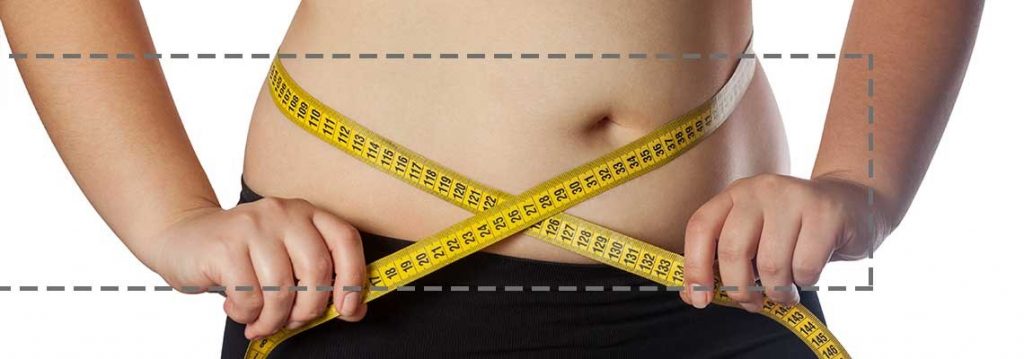
Researchers followed more than 500,000 participants between the ages of 40–69 and found the incidence of heart attack was associated with body mass index (BMI), waist circumference, waist-to-hip ratio and waist-to-height ratios.
The greater the waist-to-hip ratio (calculated as waist circumference divided by hip circumference), the higher the heart attack risk in women. In women, each 0.09 increase in the calculation was associated with a 50% increase in heart attack risk; the risk rose 36% in men with the same increase in waist-to-hip ratio. For men, a waist circumference over 40 inches poses the greatest risk, compared to 35 inches for women. Findings show looking at how fat tissue is distributed in the body — especially in women — can give more insight into the risk of heart attack than measures of general obesity.

Obesity is a risk factor for heart disease but even those who maintain a BMI in the normal range are at risk if they have excess visceral fat.
The fat in the abdominal cavity is associated with increased risk of high blood sugar, inflammation, elevated triglycerides and lower levels of HDL “good” cholesterol, making it more dangerous than fat stored elsewhere in the body. Thus, in two people with the same BMI, the person who has more of an apple shape and stores fat in their abdomen is at higher risk of heart disease than the one who stores their fat elsewhere. What’s more, research published in the Journal of the American College of Cardiology looked at CT scans of abdominal fat and found each additional pound of fat gained during the 6-year study was linked to new diagnoses of high blood pressure, high cholesterol and heart disease risk.

Losing weight can help reduce the likelihood of developing heart disease and improve blood glucose, blood pressure and cholesterol. Luckily, visceral fat is the easiest to lose and our NewLife Fat Loss Program combined with a simple walking routine can help blast that belly fat. Also remember, if you can lose some inches around your waist, even if the number on the scale doesn’t change much, you are still benefiting your heart.




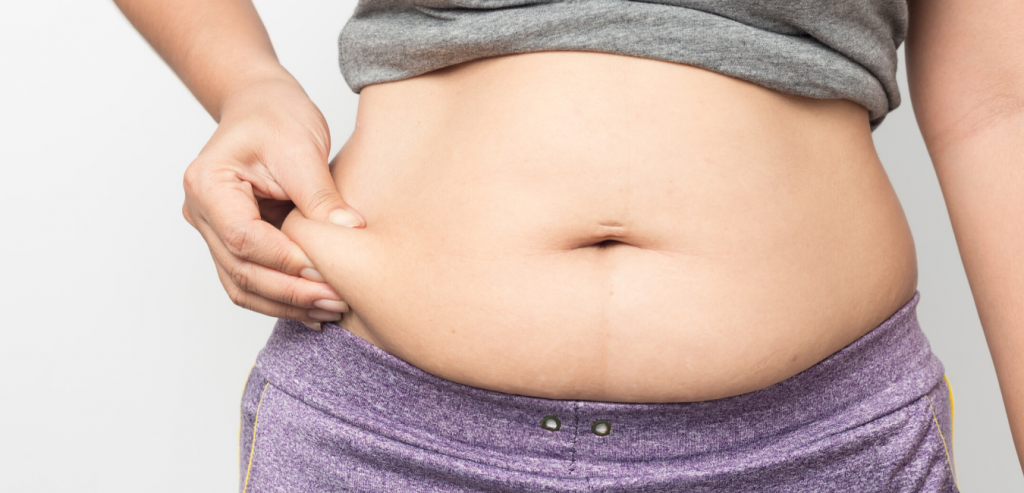
For most people, about 90% of total body fat is subcutaneous — the kind that is soft, pinchable and sits right underneath the skin. The remaining 10–15% is called intra-abdominal or visceral fat. It’s often referred to as belly fat since it lives in your abdominal area and surrounds your vital organs.
Visceral fat is one of the most dangerous types of fat because it generates adipose hormones and adipokines, chemical troublemakers that not only surround your organs but also cause inflammation, leading to problems like heart disease and Type 2 diabetes.
The good news is visceral fat is one of the easiest types of fat to lose via regular movement and a healthy well-balanced diet. In addition to cutting back on added sugar (which is linked to weight gain and other health problems), consider adding these belly fat-fighting foods to your plate.

Avocados are a nutrient-dense fruit containing 5 grams of satiating fiber and 7 grams of heart-healthy monosaturated fats per half-cup. Filling up on avocado toast for breakfast won’t cause your blood sugar and insulin levels to spike like many other sugar-laden breakfast foods. Elevated insulin is one of the leading causes (over time) of belly fat accumulation. Avocados are rich in antioxidants, which have anti-inflammatory effects that help protect against belly fat, too.

With only 85 calories per cup, blueberries are one of the most concentrated sources of anthocyanins, which may help to lower inflammation, improve glucose and insulin resistance — all of which have a direct effect on belly fat. Buy them fresh or frozen and sprinkle on oatmeal, yogurt, salads or enjoy by themselves as a snack.

Edamame and other legumes (such as black beans, lentils and chickpeas) are high in soluble fiber and resistant starch, a prebiotic that feeds healthy gut bacteria called probiotics. Once fueled, probiotics produce fatty acids that create a resilient lining on the gut, keeping foreign, inflammatory-stimulating particles from getting into the bloodstream. Resistant starches also play an important role in weight loss by boosting satiety and improving insulin sensitivity. Edamame is fast and easy to cook; just boil frozen pods for 3–5 minutes, drain and enjoy.

Eggs are high in quality protein (6 grams per egg), low in calories (78 calories per egg) and come packaged in perfect single portions. Protein promotes fullness and satiety and requires more energy to digest than carbs and fat, doesn’t cause blood sugar to spike (leading to an unwanted insulin response) and it promotes muscle growth and repair — all positive things that help you lose weight and reduce abdominal fat.

Omega-3 rich fatty fish like salmon help increase adiponectin levels in the blood, a hormone that has significant anti-inflammatory properties and helps lower inflammation by regulating glucose levels in the bloodstream. Salmon is rich in both EPA and DHA, the two active forms of omega-3’s. Other fatty fish, such as sardines, have also been linked to weight loss.

Building a healthy gut has numerous health benefits, including better digestion, improved mental health, protection against cancer and even weight loss. The makeup of our gut bacteria is extremely unique and plays a role in the production of hormones that regulate appetite and insulin sensitivity. Fuel your body with probiotic-rich fermented foods like kombucha, kimchi, fresh sauerkraut, plain kefir or Greek yogurt to promote better gut health, up potential weight loss, reduce inflammation and regulate appetite, which all affect the accumulation of belly fat.

It’s possible the catechins in green tea (those potent antioxidants associated with the popular beverage) might positively alter the gut microbiome, and inhibit carbohydrate digestion and absorption. A study in the Journal of Nutrition found, when combined with exercise, green tea drinkers had 7% less body fat over 12 weeks than non-tea drinkers. Catechins also help reduce inflammation and protect your body from free radicals that cause damage to healthy cells.

Sweet potatoes top the leader board when it comes to carotenoid concentration. Carotenoids are a class of brightly colored red-, orange- and yellow-pigmented antioxidants, which have an inverse correlation with total body fat content, according to a recent study published in the Journal of Nutrition. Sweet potatoes are also a source of prebiotic-rich resistant starch (see above).
Losing belly fat should be a priority, as it carries a greater risk of heart disease and other health problems like high blood pressure and inflammation. In addition to moving your body regularly, it’s important to focus on consuming primarily nutrient-dense whole foods and cutting back on high-sugar processed ones. Incorporating anti-inflammatory foods like blueberries, quality proteins (eggs and edamame), healthy fats from avocados and fatty fish, along with gut-friendly foods (kimchi, green tea) and resistant starches, such as sweet potatoes, can help you lose weight and shed belly fat.





When it comes to losing weight, mindset matters. Positive habits such as celebrating small successes, focusing on positive self-talk and practicing mindfulness could help you lose more weight — and keep it off — than dwelling on negative thinking.
Understanding whether and how thoughts support successful weight management can inform future programs designed to modify thoughts to support weight-management success.
The latest research, published in the journal Obesity, found those who used positive self-talk were more successful at losing weight, helping them get back on track after minor lapses such as overeating or skipping a workout.
Research from cognitive-behavioral treatment of obesity suggests modifying thoughts can support weight management. The first step is to self-monitor thoughts … It can be a challenge at first but, over time, helpful cognition may become ingrained and support long-term success.
Recording negative thoughts after an episode of overeating or a small weight gain to identify the thoughts that are inaccurate or unhelpful and replace those thoughts with more helpful alternatives. Instead of thinking, “I’m a failure,” think, “I can take action now to prevent additional weight gain.”

A 2020 study published in the International Journal of Obesity found focusing on the potential positive health impacts of your food choices during mealtime led dieters to select healthier foods and smaller portions.
It appears emphasizing positive health outcomes triggers activity in the area of the brain linked to self-control and future planning, including meal planning. The shift in mindset, researchers noted, could help those who are overweight or obese meet their weight-loss goals.

A positive attitude is especially important because slip-ups are an inevitable part of establishing new exercise and eating habits and losing weight. That is why positive affirmations are so important in our NewLife Weight Loss Program.
Remember, any effort made at any time to respond to lapses and recover is well worth it. Self-monitor and be kind to yourself. Weight management is hard work but over time and with lots of practice, habits are formed and the work becomes easier.
“And now, dear brothers and sisters, one final thing. Fix your thoughts on what is true, and honorable, and right, and pure, and lovely, and admirable. Think about things that are excellent and worthy of praise.” Philippians 4:8 NLT

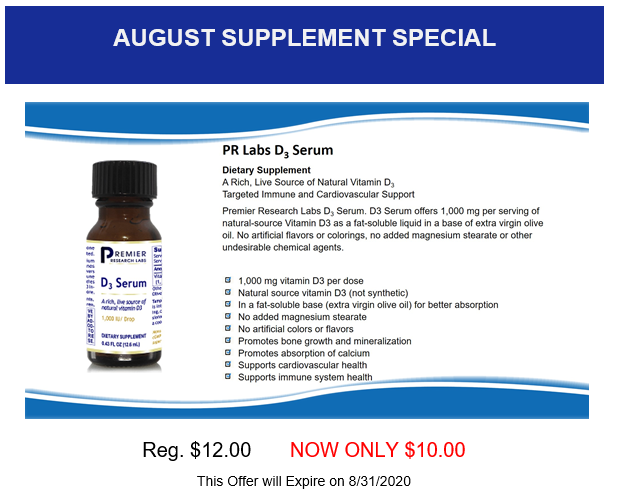





As the corona virus pandemic stretches on, there’s an understandable focus on boosting our immune systems in meaningful ways, particularly with tried-and-true strategies like sleep, healthy eating and exercise. One more for the list? Sunshine.
That’s because the main advantage of being in the sun is a big uptick in vitamin D, which your body can’t make on its own. Although you can take the vitamin as a standalone supplement, or eat fatty fish, eggs, fortified dairy and mushrooms, the easiest way to ensure you’re increasing your intake is through sun exposure. We continue to learn more and more about vitamin D and its benefits, particularly on the immune system, but in many other ways as well. If you’re getting a little sun, in a sensible way, you’re likely also being active, so that’s a double benefit. Here are some additional advantages you’ll see with time in the sun:

In a recent study, researchers recruited 95 participants, and gave half of them 420 IU vitamin D3 every day for a year, while the other half got a placebo. At the end of the year, lean body mass and percentage of body fat were compared to the data from the year’s start.
They found those taking the supplement had significant increases in lean body mass — which is calculated by subtracting body fat from total body weight — while the placebo group had no changes. Previous studies have also linked vitamin D to improved muscle mass, which means adding a bit more of the vitamin to your daily lineup, either with supplements or sunshine could help with body composition overall.

Another study, in Bone Reports, stated that vitamin D has long been touted for its beneficial effects on bone health, and for good reason. Without adequate amounts of the vitamin, people are less able to absorb calcium. This causes bone weakness, especially as people get older and begin losing bone density.
It’s impossible to overstate how important vitamin D is for the health of your bones We see that across all ages, but of course when you get older and are at higher risk for osteoporosis, it becomes even more crucial.
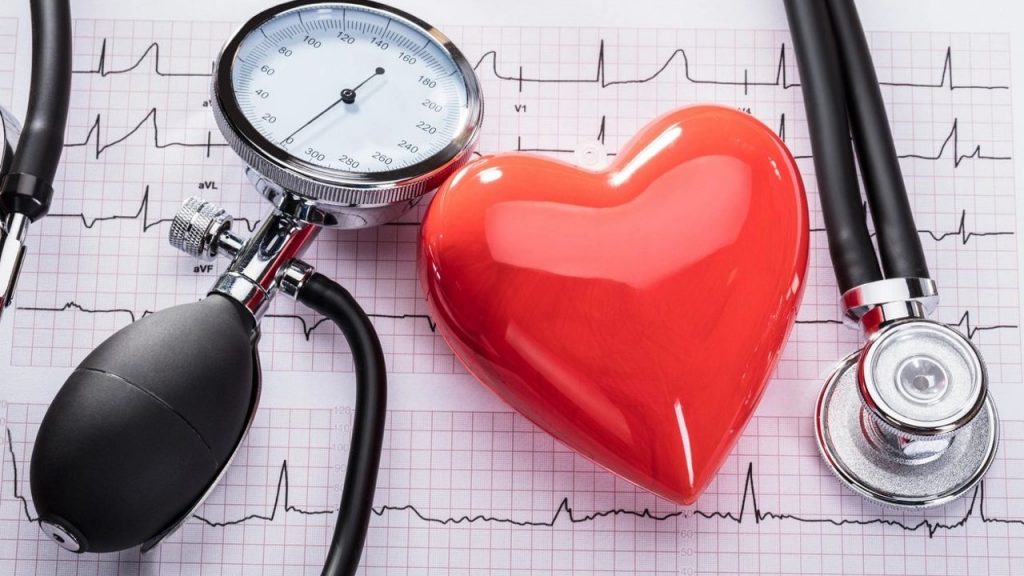
While sunlight brings an increased risk of skin cancer, a number of studies have shown associations between sun exposure and lower risks of colorectal, prostate and breast cancer, as well as non-Hodgkin’s lymphoma. Sunshine and vitamin D are often linked to those advantages.
Your heart and cardiovascular system will benefit, too. When sunlight touches skin, a compound called nitric oxide is released into the blood vessels, a process that brings blood pressure levels down — and that can lower the risks of heart attack and stroke.

Vitamin D intake isn’t the only advantage of sunshine. Some studies suggest sunlight can prompt a surge of serotonin and endorphins, hormones associated with better moods and more energy. One way to increase this effect is by waiting a few minutes before putting on sunglasses, since serotonin production begins when sunshine hits the retina — but it continues after you put on shades, too.
Many people immediately notice that they feel better when they go outside and it’s sunny. That’s not just the warmth, but the light that causes your whole system to respond in a beneficial way.
Getting sun exposure during the day also puts you on track for more effective production of melatonin, the hormone that helps you sleep. Your body is more efficient at recognizing when it’s evening after receiving some sunshine-fueled input during the day.

In general, you only need about 10–20 minutes of sunshine per day to get your daily dose. There are advantageous biological processes that occur with sunshine that you won’t get by taking vitamin D supplements.
I suggest it’s best to get sun on your shoulders, arms or legs instead of your back or face — the former increases cancer risk, and the latter ups your wrinkle and blemish risk. Use sunscreen after you get your initial exposure.
You can also get a boost from foods that are rich with vitamin D, such as salmon, tuna, eggs and mushrooms. You’ll see the vitamin added to milk, too, because it makes the calcium in dairy more easily absorbed. If you opt for supplements, there’s still some debate on how much vitamin D you need daily. The recommended daily allowance is 600 IU, but the Endocrine Society suggests consuming potentially much higher levels of 1,500–2,000 IU daily. If you’re concerned you may be deficient it’s advisable to get your levels checked at your next physical.



